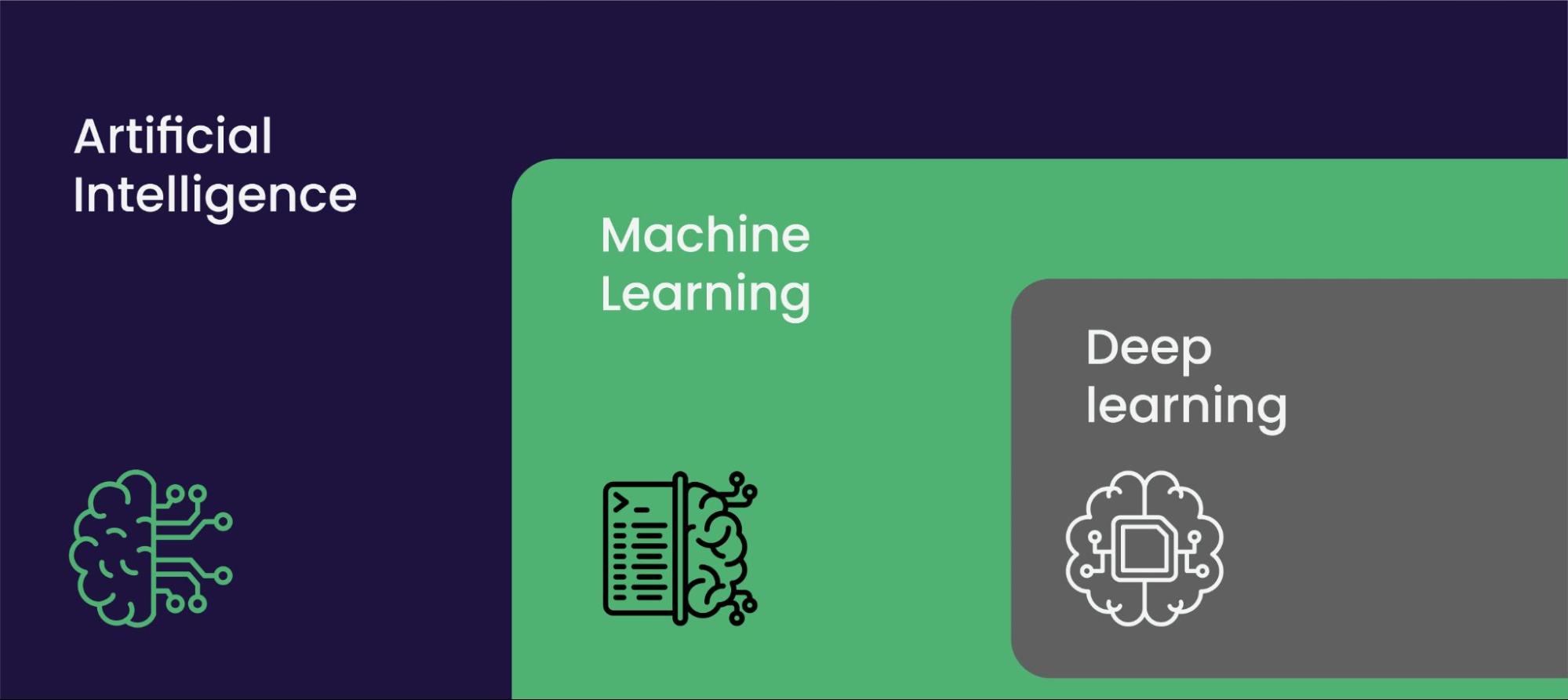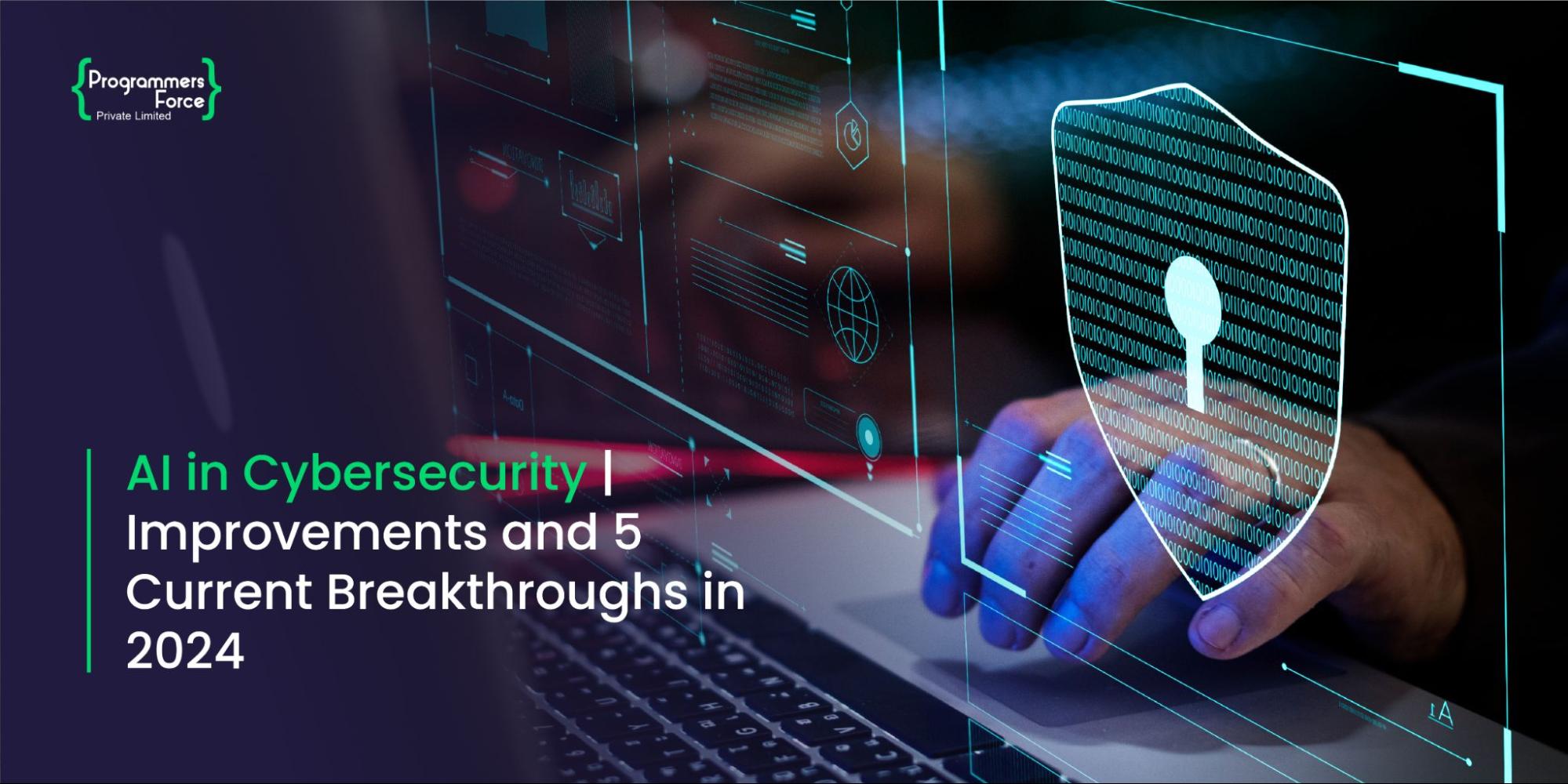
Defeating Fraudulent Activities with AI and ML Technologies
According to estimates, online brands face diverse digital payment scams, amounting to $48 billion by 2023, up from $41 billion in 2022. Scientists and engineers believe that AI and ML technologies are promising tools that hold the key to addressing diverse pressing issues. Fraudulent activities are evolving at an alarming rate, exceeding conventional prevention methods and resulting in an immeasurable financial loss. Ranging from scamming emails to deepfake videos, threats from imposters are everywhere.
Recent highlights state that AI is expected to increase 64% of businesses’ productivity in the upcoming years. Although, human capabilities are important, but individuals need a more supportive companion like artificial intelligence and machine learning technologies to assist them. These technologies are famous for identifying unique features and behavioral patterns that are associated with fraudulent activities. .
ML and AI in Fraud Detection| Explore a New Frontier
AI is a generalized concept that stimulates human thinking processes with computer technologies. It responds in a manner that mimics human cognition. Numerous conceptions are involved within artificial intelligence;machine learning is one of them.
Artificial Intelligence (AI)
AI equipped with insights from historical datasets can effectively detect scams. AI and ML technologies provide an extremely flexible and effective solution to the rising disputes of bot-driven digital identity thefts.
With AI-driven identification processes, a company’s enrollment systems can easily detect and stop the increasing array of suspicious dealings. It may include:
- Account Hijacking
- Online Payment Fraud
- Fake Transactions
Additionally, the adaptive and flexible nature of AI-driven systems ensures continuous protection against emerging threats, making themselves essential in cyber defense.
Machine Learning (ML)
ML trains AI systems using datasets. Machine learning can be done without human intervention and requires three essential methodologies. These include:
- Supervised
- Reinforcement
- Unsupervised.
Deep learning is the subset of Machine Learning – How?
Deep learning came under machine learning as it focuses on enhancing automation by developing an artificial neural network (NN) inspired by the human brain’s architecture.
Unlike conventional ML, deep learning algorithms excel at handling unstructured data and iteratively improve their performance using innovative strategies such as gradient descent and backpropagation.

What are the Benefits of ML and AI Technologies?
AI and ML technologies act as fraud detection models as they uncover suspicious activities without involving individuals in financial penalties. They assist the companies in the following aspects:
- Businesses can automate their repetitive tasks, which will assist them in saving time and manual effort.
- Through these technologies, firms can detect vast datasets to uncover decisions that help them make informed decisions.
- They help provide the clients with customized services and support.
- Companies can easily improve their overall performance using AI and ML technologies.
Key Fraud Categories Detected by AI
AI in fraud management plays an essential role as every scam demands appropriate automated tools for detection.
| Bonus: The perfect identification method for a particular scam category must depend on its unique attributes. |
Here is the list of fraudulent categories, the AI techniques, and the key indicators of suspicious activities:
| Fraud Category | AI Techniques | Key Indicators |
| Payment Fraud | ML, Anomaly Detection | Outlier transactions, location inconsistencies |
| Impersonation | Pattern Recognition, Biometric Evaluation | Identity forgeries, anomalous transactions |
| Supply Chain Embezzlement | Anomaly Detection, Network Analysis | Supplier risk factors, inaccuracies, incorrect shipments |
| Account Fraud | ML, Natural Language Processing (NLP) | Inaccuracies, anomalies, unusual financial proceedingsc |
| Policy Abuse Scam | Data Mining, Image Analysis | Deceptive statements, simulated accidents, overstated claims |
Beware the Top 3 Cyber Threats
The top three identity threats for the digital landscape include:
Account Botting
Fabricated accounts are increasing day-by-day, making identity thefts more common in cyberspace. However, $1.4 million of spam content was being removed within the third quarter of 2022 on Facebook. This stat proves the statement of a significant surge in fake profiles on social media platforms.
Botnets create and interconnect billions of counterfeit profiles, forming vast social media networks and related websites. Therefore, account botting needs to be controlled using AI and ML technologies.
Digital Transaction Scam
Bot networks are mostly used to decrypt any encrypted data. The major aim behind these scams is to determine whether stolen credit card details remain active. This action is usually taken in minor orders.
Account Hijacking
Like payment scams, account hijacking can be performed using backtracking methods. Bot networking aims to input credentials from illegally accessed databases and pick passwords by implementing rainbow table, dictionary, and brute force attacks to crack passwords.
AI and ML technologies came as new frontiers in detecting automated routines. Additionally, they are highly adaptive to the innovative variants of such scams.
However, the categories mentioned above are the beginner steps of intricate situations that revolve around suspicious activities, including:
- Funding Frauds
- Money Laundering
- Insurance Frauds
Steps of Machine Learning – A New Way to Identify Shell Games
Machine learning fraud detection can be divided into a sequence of steps that are:
Data Preparation
The fraud detection process begins with collecting data in which companies set their instructions in the AI-powered system. For supervised learning labels are necessary whereas, in unsupervised learning, systems can find patterns in unlabeled data as well.
Extracting Relative Details
In this step, the emphasis is on timing, financial proceeding approaches, transaction amounts, and purchases. For instance, if there are numerous fake orders for unique items that lead to refunds, automated technologies assist in understanding these cases. Through this step, businesses can access the user’s information, including their address and system. The AI system stores all these specific details that help it work better. However, it takes a little bit more effort to process.
Establishing the Fraud Detector
By evaluating the given data, the AI and ML models can detect possible scams. The set rules at this stage assist in combining many factors to make precise decisions. These set rules can be adjusted as needed.
Training and Testing AI
AI systems are detected on the basis of historical datasets to spot suspicious activities. That’s how AI and ML technologies are the best fit for a specific business.
Partner With Programmer Force to Combat Fraud
Are you ready to enter into the digital realm where fighting fraudulent activities is quite accessible? Equip yourself with innovative skills in AI and ML technologies to safeguard firms and users from huge financial penalties.
Candidates looking for a platform to kickstart their unparalleled career journeys can join Programmer Force and master these technologies. By doing so, they can contribute to a safer digital world.
To make a real impact, enroll in our AI and ML programs today and shape the future of cybersecurity.
Frequently Asked Questions (FAQS)
What is fraud detection, and why is it important?
Fraud detection is the process of identifying and defeating suspicious activities. This procedure includes identifying different data patterns to encounter obstacles that indicate doubtful behavior.
Scam analysis is essential for firms and companies to safeguard financial resources, adhere to evolved standards, and maintain trust. Another reason behind its importance is that businesses can prepare themselves for future financial penalties by using predictive analysis.
How is machine learning and AI technologies combating fraud?
AI and ML technologies defeat fraudulent activities by evaluating vast amounts of datasets to detect patterns indicative of suspicious behavior. These technologies are essential in identifying anomalies in strange payment transactions, detecting simulated identities, and forecasting possible scams.
How can AI systems enhance their accuracy?
With the ongoing learning from the data, automated systems can easily enhance their accuracy by staying ahead of emerging fraud behaviors. It helps businesses in providing them protection regarding their client activities.










